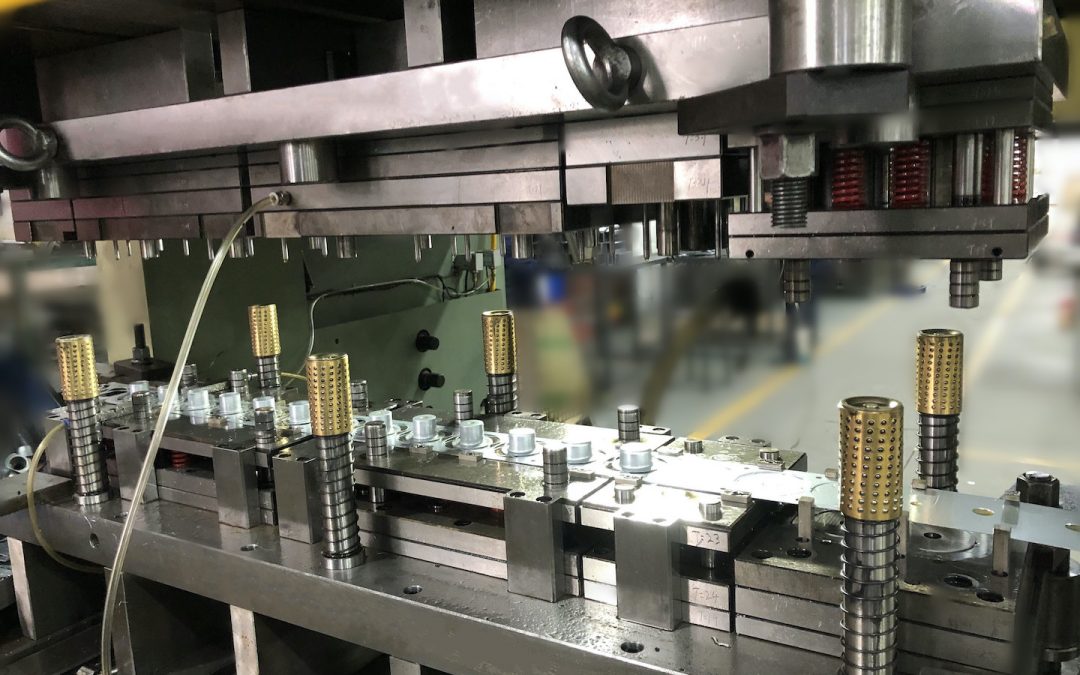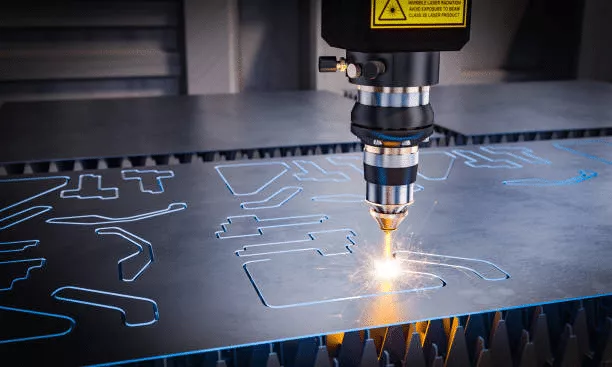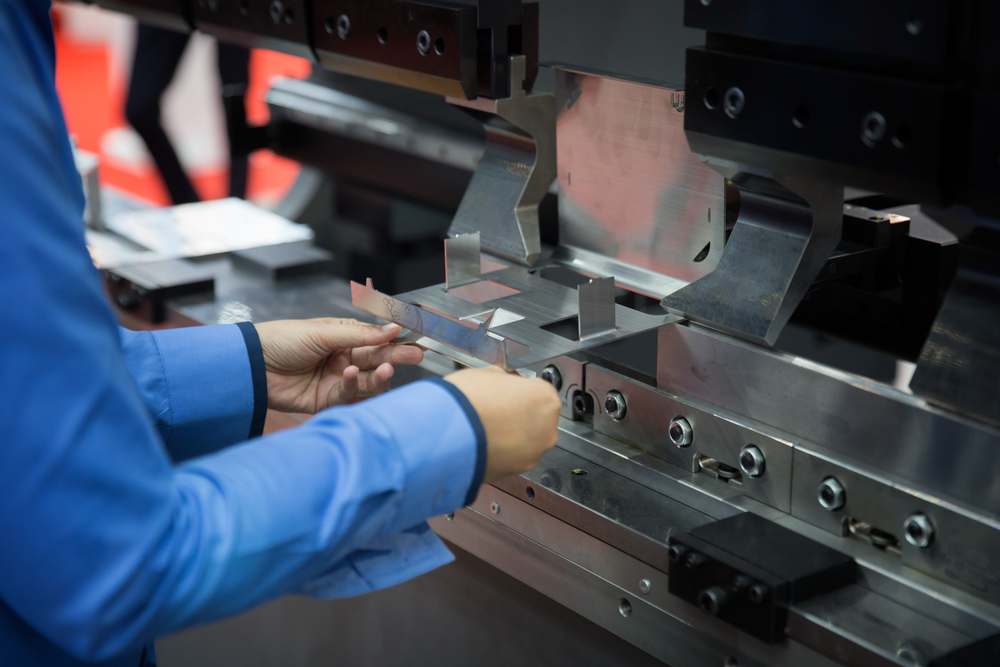In the world of industrial manufacturing, understanding stamping press energy consumption is crucial for businesses aiming to optimize operations and reduce costs. The efficiency of a stamping press can significantly impact a company’s bottom line and environmental footprint. This article delves into the intricacies of energy consumption in stamping presses, offering insights into how it affects manufacturing processes.
The term stamping press energy consumption refers to the amount of energy used by a stamping press machine during its operation. This consumption is a critical factor for manufacturers to consider, especially in today’s energy-conscious world. By examining the factors that influence energy use, manufacturers can develop strategies to enhance efficiency and sustainability.

What is a Stamping Press?
A stamping press is a machine tool used to cut and shape metal by deforming it with a die. This process, known as metal stamping, is common in various industries, including automotive, aerospace, and electronics. Understanding how a stamping press works is essential for comprehending its energy consumption. For a detailed explanation of how these machines operate, you can visit this guide.
Factors Influencing Stamping Press Energy Consumption
1. Machine Type
The type of stamping press, whether hydraulic or mechanical, plays a significant role in determining energy usage. Hydraulic presses typically consume more energy due to their reliance on hydraulic fluid, while mechanical presses are generally more energy-efficient.
2. Operation Speed
The speed at which a stamping press operates can affect its energy consumption. Faster operations often require more energy, but they can also lead to higher productivity. Balancing speed and energy use is key for maximizing efficiency.
3. Maintenance and Condition
A well-maintained stamping press operates more efficiently and consumes less energy. Regular maintenance, such as lubrication and parts replacement, can reduce energy waste and improve machine performance. For more insights on maintaining stamping presses, consider exploring monitoring systems.
4. Load and Capacity
The load and capacity of a stamping press can significantly impact energy consumption. Operating a press at its optimal capacity ensures efficient energy use, whereas overloading can lead to increased consumption and wear.
Strategies to Reduce Stamping Press Energy Consumption
1. Energy-Efficient Equipment
Investing in energy-efficient stamping presses can substantially reduce energy consumption. Modern presses often feature advanced technology that enhances efficiency and reduces waste.
2. Implementing Automation
Automation can optimize stamping press operations, leading to more efficient energy use. Automated systems can adjust machine settings to reduce energy waste and enhance productivity. Discover how automation can benefit your operations through productivity improvements.
3. Regular Energy Audits
Conducting regular energy audits helps identify areas of energy waste and opportunities for improvement. These audits can guide strategic decisions to enhance energy efficiency in stamping operations.
4. Staff Training
Training staff on energy-efficient practices is crucial for minimizing energy consumption. Educated operators can make informed decisions that reduce energy waste and improve overall efficiency.
The Environmental Impact of Stamping Press Energy Consumption
Reducing the energy consumption of stamping presses not only cuts costs but also minimizes environmental impact. Lower energy use equals reduced greenhouse gas emissions and a smaller carbon footprint. By prioritizing energy efficiency, manufacturers contribute to a more sustainable future.
Conclusion
In conclusion, understanding and optimizing stamping press energy consumption is vital for industrial manufacturers. By considering the factors that influence energy use and implementing strategies to reduce consumption, businesses can achieve greater efficiency and sustainability. Embracing energy-efficient practices not only benefits the environment but also enhances a company’s competitive edge in the manufacturing industry.

FAQ
What is the primary cause of high energy consumption in stamping presses?
High energy consumption in stamping presses is often due to inefficient machinery, improper maintenance, and suboptimal operation speeds. Addressing these factors can significantly reduce energy use.
How can automation help reduce stamping press energy consumption?
Automation can optimize machine settings and operations, leading to more efficient energy use. Automated systems can adjust processes in real-time to minimize energy waste and enhance productivity.
Why is energy efficiency important in stamping press operations?
Energy efficiency is crucial because it reduces operational costs, minimizes environmental impact, and enhances the overall sustainability of manufacturing processes. Efficient energy use also contributes to a company’s competitive advantage.
For more insights on metal stamping, you may find this article on metal stamping informative.
This article contains affiliate links. We may earn a commission at no extra cost to you.

